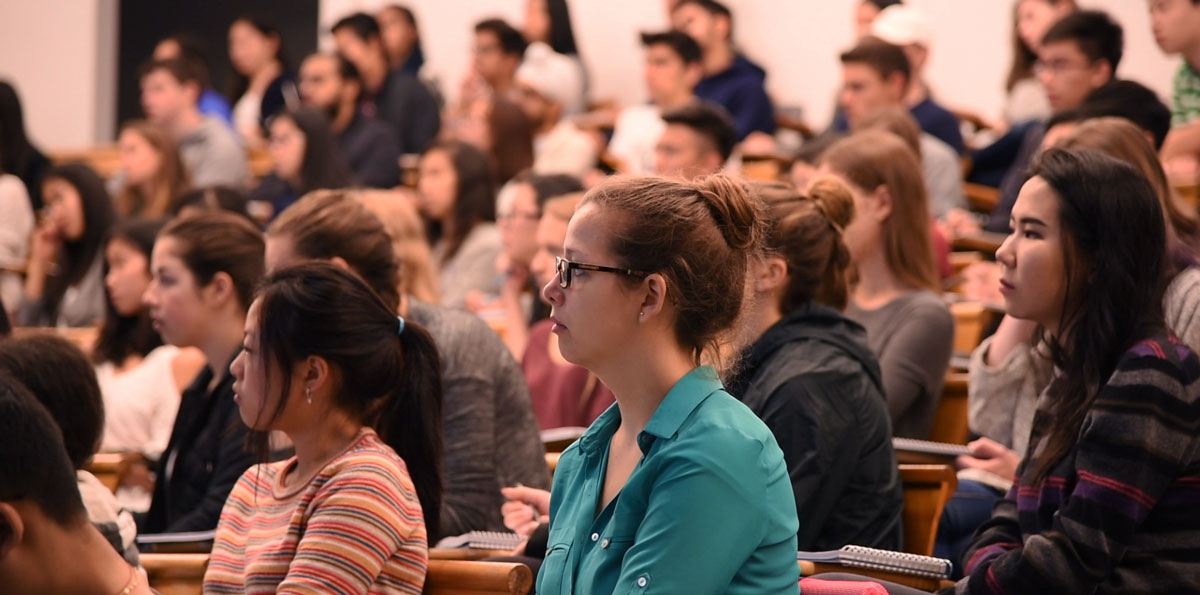In 2017, the adoption and use of open resources at UBC continued to increase. Since 2011, more than 47,000 UBC students have enrolled in courses in which instructors have used open or freely accessible resources instead of traditional textbooks. At least $4.7 to $6.7 million dollars have been saved by UBC students in these courses and these figures are increasing each year. In academic year 2017, 14,831 students were impacted by courses using only open resources, representing a 20 percent increase over the numbers of students impacted in academic year 2016.
Adoption of Open Resources: Estimated Impacts and Cost Savings
According to the 2017 AMS Student Experience Survey, UBC-V undergraduate students spent an average of $814 on textbooks over the previous year, which is approximately 30 percent more than what they reported spending in 2016 (pg. 54). Additionally, 93 percent of students reported buying a textbook and never using it, while 43 percent of undergraduates reported they often or frequently go without textbooks or resources due to cost (pg. 57).
While textbook spending is increasing, the number of students enrolled in courses using open or freely available resources is increasing as well. At UBC, the estimated number of students impacted by open textbook displacements in academic year 2017 is 14,831, 21 percent more than the number of students impacted in academic year 2016 (fig. 1).

Since 2011, at least 155 UBC courses have been identified as having used open textbooks, OERs, or freely accessible resources instead of traditional textbooks. And if we look across those past six years, 47,423 UBC students were enrolled in those courses using open resources.
The estimated cost savings for students has also increased over the past few years. The replacement of traditional textbooks with open resources has potentially saved UBC students between $4.7 to $6.7 million since 2011 (fig. 2).

This range reflects alternative buying options available for students including new, used and rental textbooks and is based on the approach used by the BC Open Textbook project to estimate savings. The high end of the range is based on new textbook prices and course enrolments while low end value is calculated based on an average cost of $100 per student per textbook. Additionally, for courses that reported never using a traditional textbook, a $100 per student cost savings has been used to calculate potential financial impacts.
At UBC, student savings in academic year 2017 are estimated at $1.4 to $2.2 million, while student savings in academic year 2016 are estimated at $1.2 to $1.7 million (Fig. 2). This represents an approximate 20 to 25 percent increase in potential cost savings in the current academic year. Instructors in the UBC Math and Computer Science departments have the highest number of courses using open resources, and, as a result, the largest percentage of courses that are using open resources is within the Faculty of Science (fig. 3 & fig. 4).


To read the full report, please visit the Open UBC website.
